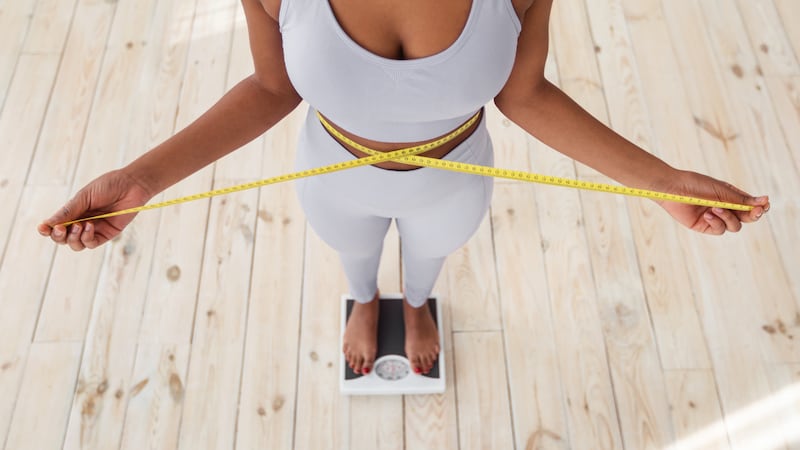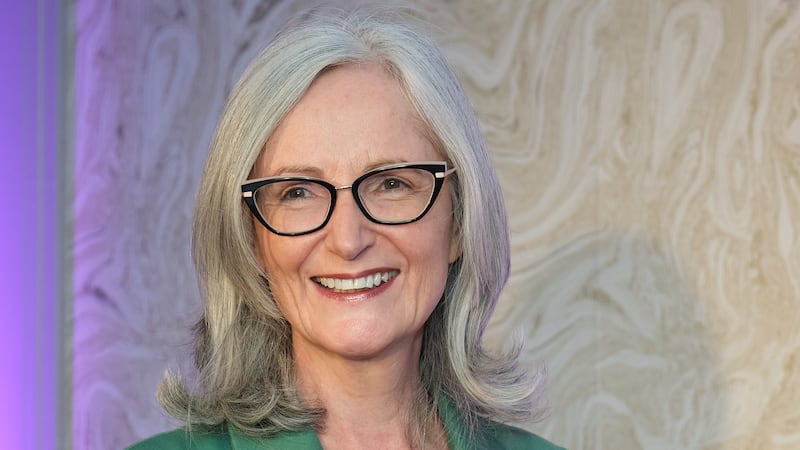WE are set for some beautiful weather this weekend, so let's make the most of it and get outside to those vitamin D levels topped up.
Vitamin D has been hot news in the last few years, and the Covid pandemic has thrown new light on its importance for immune support.
We have known for some time that vitamin D does a lot more than just protecting us from developing rickets. From cardiovascular support to immune balance, mood and muscles, this is a hard working fat soluble vitamin, that has effects on every cell in your body.
Sunshine and SPFs
Although it is an essential nutrient, the main source of vitamin D isn't food, but sunshine. Our skin makes vitamin D when it comes into contact with the sun's UVB rays.
Using sunscreen is essential to protect our skin from the damaging effects of the sun's rays, but it does stop vitamin D synthesis, so although it is important to wear an SPF, it is also a good idea to get about 15 minutes of unprotected sun on your skin most days during the summer, taking care not to burn.
Roll up your sleeves and trouser legs, or get your shorts and T-shirt on, and get your forearms, hands or lower legs uncovered. Just make sure you don't burn... If your skin is fair or freckled, you may need less time and if your skin is darker, you will need longer to get the vitamin D conversion going on.
This is safe for most people, most days, in our climate. If you are outside longer than this, or if you start to notice your skin starting to go red, then make sure you cover up and use an SPF.
Don't forget that staying in the sun for prolonged periods without the protection of sunscreen increases the risk of skin cancer.
Who should supplement?
It is recommended that we supplement vitamin D between October and May, but if you are not outside a lot, it may be worth extending your supplement throughout the summer months too.
There are some groups of people who are at higher risk of vitamin D deficiency and are advised to take a daily supplement all year round.
This includes:
- Pregnant women, breastfed babies and all children under the age of five.
- Older adults – the body's ability to make vitamin D falls by at least half between the ages of 20 and 80 years.
- Those who spend a limited time outside – housebound, hospitalised, living in a care home or institution.
- Obesity and being underweight both increase the risk of vitamin D deficiency.
- Darker skin tone – African and Asian populations have in-built sun protection and require at least 3-5 times longer sun exposure.
- Where you live and the time of year - deficiency risk increases the further away from the equator you live as well as during autumn and winter, so we are at increased risk of low vitamin D simply because of our geography and scarcity of long, hot summer days.
When to supplement
Generally speaking, most people are advised to take a vitamin D supplement between October and May, when we do not get so much sunshine, but bodies such as Public Health England have recently been advocating are that everyone should take a daily vitamin D supplement all year round, and not just in the cooler months.
With many of us heading to the north coast or Donegal for our staycations over the summer holidays, there may be less opportunity for an extra boost of the 'sunshine vitamin' on our holidays, so taking a vitamin D supplement can help keep levels topped up so we are less likely to head into autumn with low vitamin D levels.







